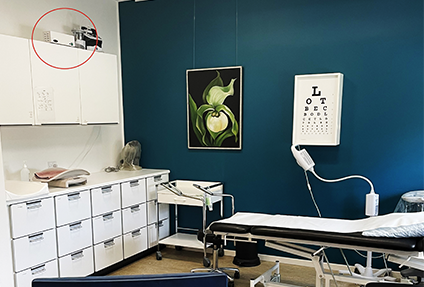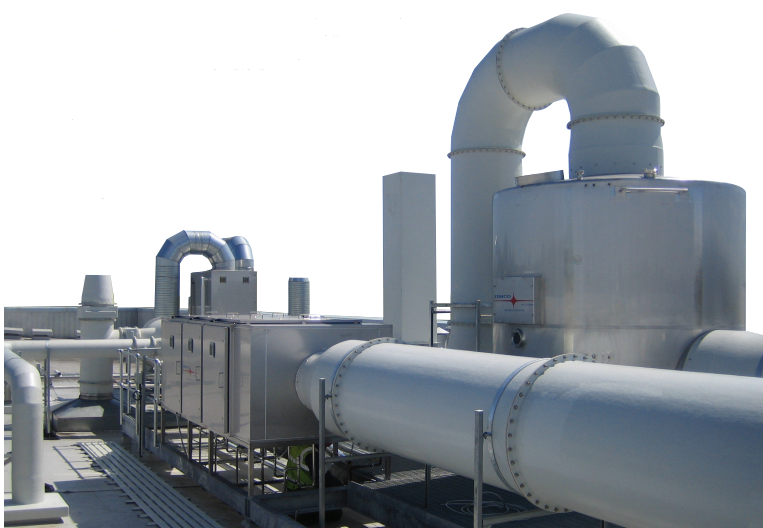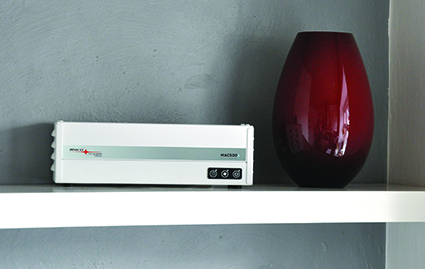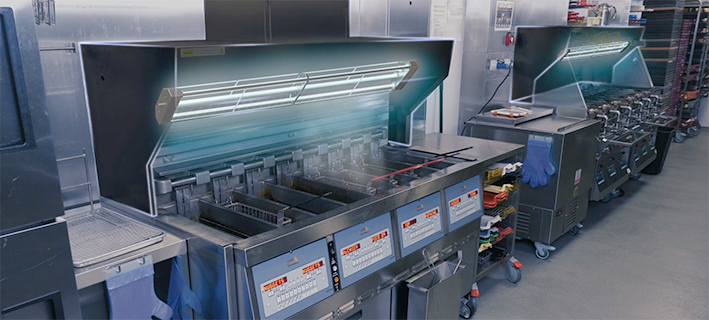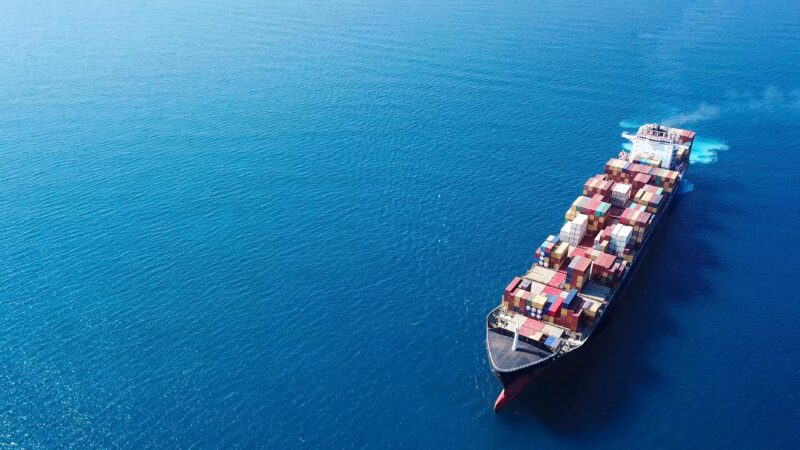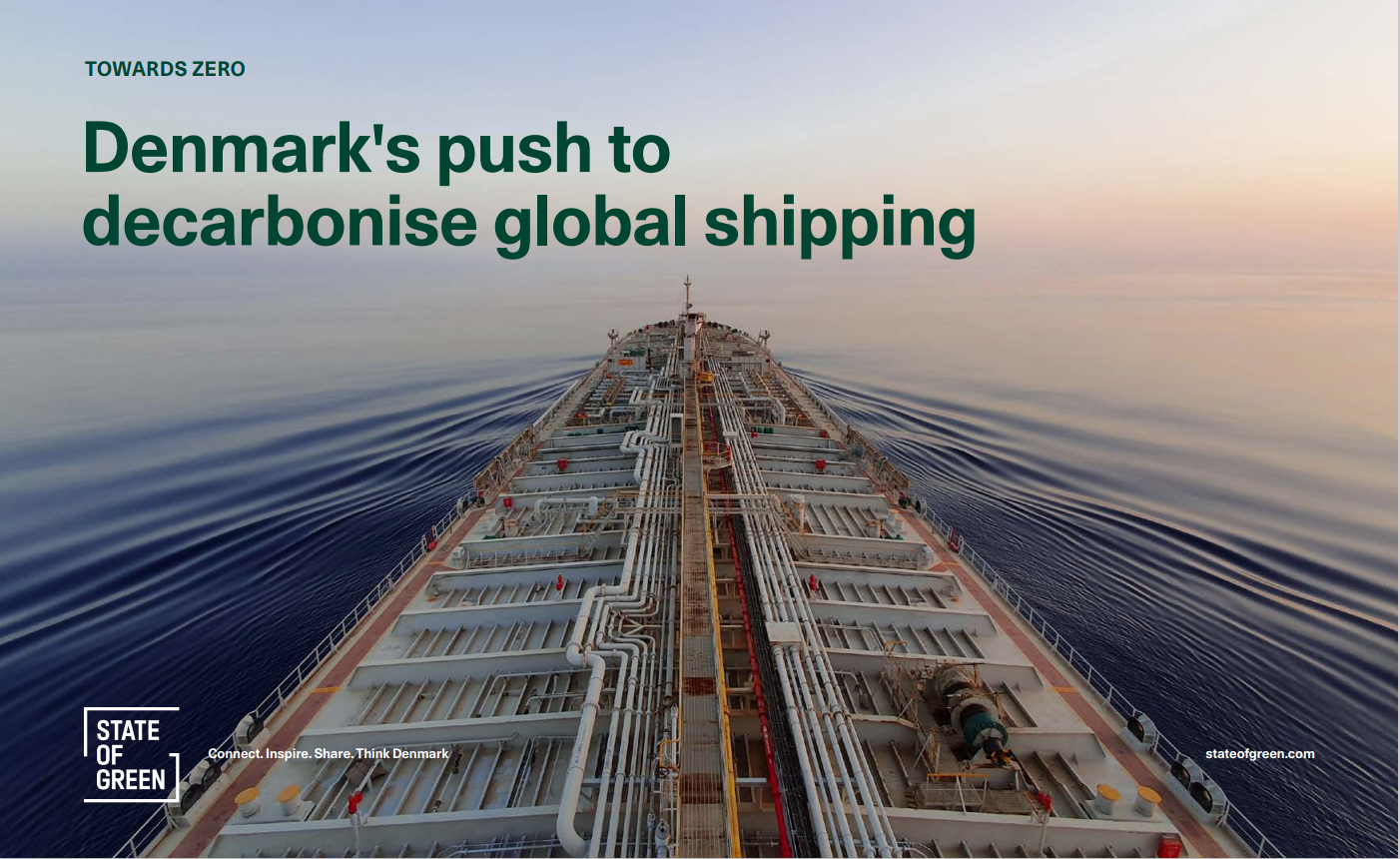News
Air pollution
Three-In-One Environmental Filter for Ships


The technology can assert itself when sailing through sensitive nature areas.
That is what Exilator has been testing during a 12-month project phase followed by a three month practical test of the concept on the Danish Maritime Authority’s ship Poul Løwenørn. The filters performance has been documented by the Danish Technological Institute.
- Read more about: Maritime Transportation
At the same time, the installation and mounting of the filter has been approved by Lloyds, which is a great forward leap for the upstart company:
The concept for filter has been in development for the past 10 years. To have its performance verified and the installation and mounting approved is a major step forward in terms of selling the filter to the shipowners, says Director Erik Lissner.
Aimed at the luxury market
The filter has been designed for ships with a motor effect up to 6 MW, and Erik Lissner acknowledges that no requirements exist today for cleaning of flue gas from smaller ships, if they already sail on marine diesel with a maximum Sulphur content of 0.1%.
None the less, the still believes that there is already a market for the filter, especially because it reduces soot pollution and NOx on the ship itself and also minimises the engine noise considerably.
“More and more shipowners focus on a green profile. On top of that is the entire yacht market, where removal of soot and smell, as well the significant noise reduction, carries great value”, he says, and also adds that the filter is relevant for expedition ships that sail in very sensitive nature areas.
According to the test from the Danish Technological Institute, the filter reduces soot particle emissions by 99,1%, carbon monoxide by 98% and NOx by 11%.
- Download white paper: A New Maritime Era
The test does not yet comprise the filters noise reducing properties but the company expects a noise reduction up to 35 dB, including the low frequency noise generated.
As mentioned, the concept has been underway for a long time, and financing for development and testing was secured through the Danish Growth Fund and investment & development company CapNova.
In addition to the three on one function, the filter is also unique because it is a passive system where neither fluids or other consumption materials are needed.
How it works
The soot in the filter is catalytically incinerated as soon the ship’s engines reach exhaust temperatures above 325 degrees C.
Ash is accumulated in the filter, which means that the filters must be cleaned after about 5,000 operational hours, as part of the recycling process.
The filter requires that the ship uses marine gas oil with a maximum Sulphur content of 0.1%. According the test, the filter improves the ship’s fuel consumption by around 1%.
Explained briefly, the filter works by leading the flue gas, which has already been through a turbo charger, to a muffler that in particular removes the deep resonance. Then comes a particle filter, which also serves as an oxidation catalyst, where the soot is captured and burned – and finally the flue gas is led through a reducing catalyst, which minimizes NOx and NO2, before the flue gas is emitted into the atmosphere.
Video from the test of the filter on board Poul Løwenørn
Manufactured from Danish components
The filter has been made from Danish components, except from the coating on filter, which is American.
The exact price is difficult to get a precise number on from Erik Lissner, but one should expect a total investment between DKK 500,000 and 750,000 per MW engine:
"The active ingredient in the coating is platinum and therefore very costly. But it also explains why the filter regenerates at relatively low temperatures," he says.
Erik Lissner also explains how the industry has a strong focus on reduction of NOx. That is why a collaboration has been initiated with both DTU, the Technological Institute and an engine manufacturer with an initial aim to increase the filter’s NOx reduction from 11% to 40% in phase 1, and to 80% in the subsequent phase 2. When this is achieved, the filter will also adhere to IMO’s requirements for NOx emissions, TIER III.
